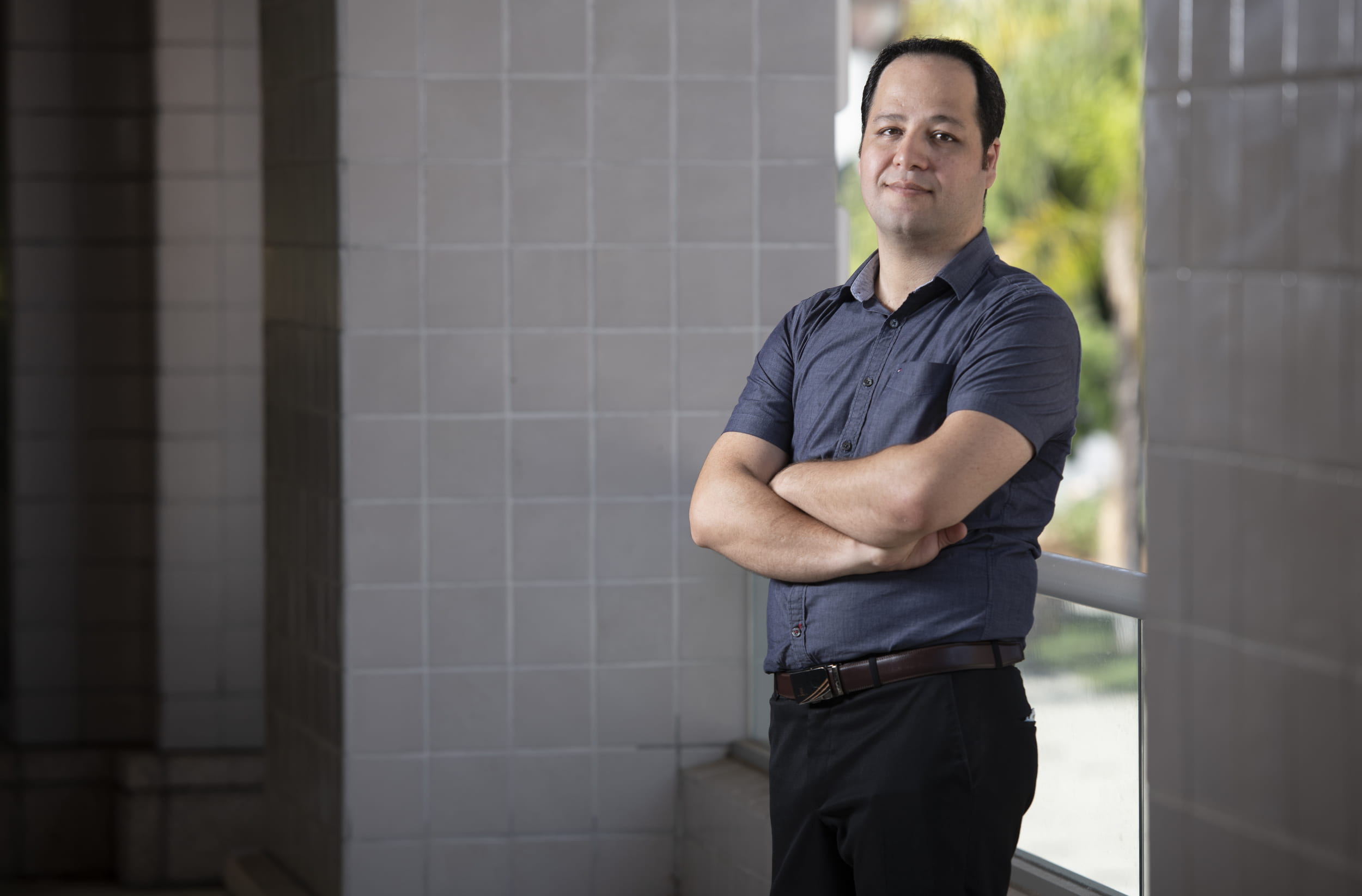- Researchers envision taking a patient’s own cells from a tumor biopsy and growing a personalized mini-colon to determine which drug works best for that individual patient.
- The model can be used to test patient-tailored drug…
UC Irvine researchers invent a bioelectronic-integrated artificial colon for disease studies, drug screening – UC Irvine News
